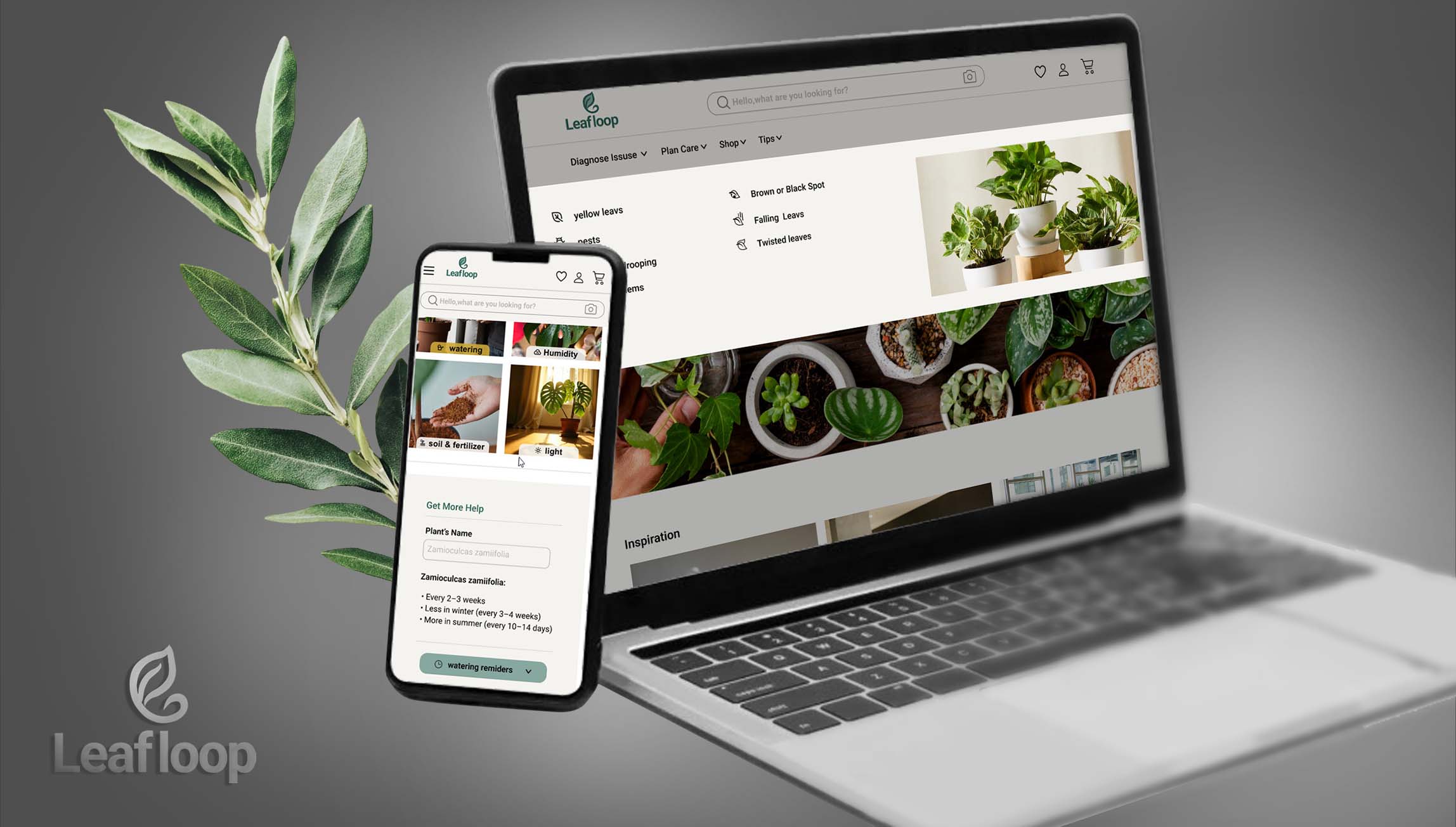
Team: Lina Khalighi
Role: UI/UX Designer- 2025
Platform: Responsive Web (Desktop & Mobile)
Project Overview
Help users diagnose houseplant issues, discover plants suitable for their home environment, and learn simple, personalized care routines through a user-friendly and responsive website.
Target Audience
This platform is designed for all plant lovers — from beginners to those with accessibility needs — offering easy-to-use tools, personalized care tips, and clear instructions to help them confidently care for healthy houseplants.
The Problem/Pain Point
- Can’t Identify What’s Wrong with Their Plant
- Choosing the Wrong Plants for Their Environment
- Information Overload or Confusing Resources
- Forget to Maintain a Routine
- Previous Failures Create Frustration
User Personas
To better understand the goals and frustrations of my users, I created three fictional personas. These personas helped guide my design strategy and kept user needs in focus throughout the process.



Design Solution
- AI-Powered Plant Diagnosis Tool
- Personalized Plant Care Calendar & Reminders
- Clear & Visual Care Guides
- Accessible Interface
- Smart Plant Suggestions Based on Environment
Search Conduct
I conducted a competitor analysis to identify common patterns and gaps, then ran two rounds of remote usability testing—first with a low-fidelity and later with a high-fidelity prototype—to validate and refine the design.
Initial Concepts & Design Strategy
- Can’t Identify What’s Wrong with Their Plant
- Choosing the Wrong Plants for Their Environment
- Information Overload or Confusing Resources
- Forget to Maintain a Routine
- Previous Failures Create Frustration
Site map
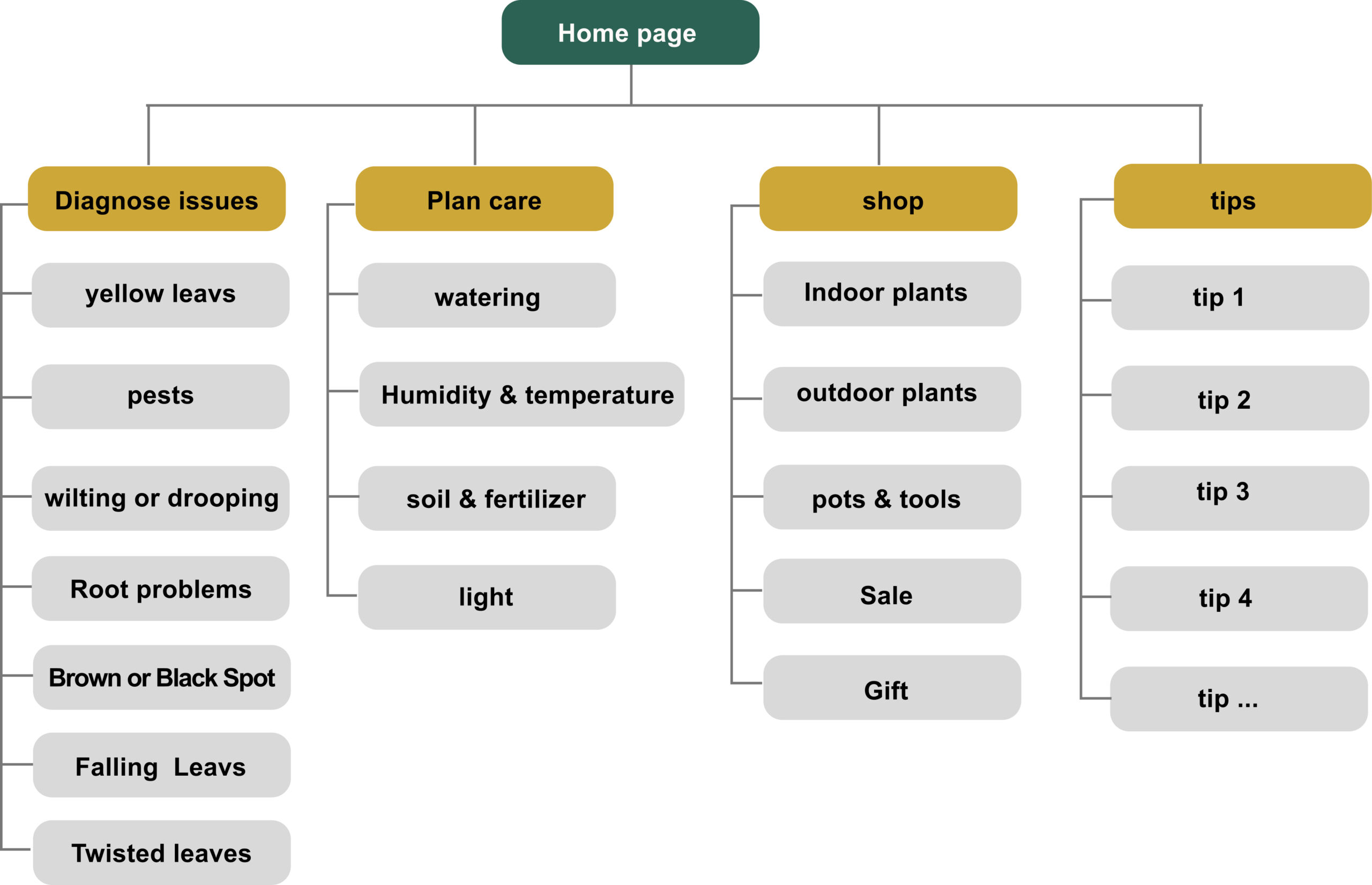
quick-sketch versions of paper wireframes
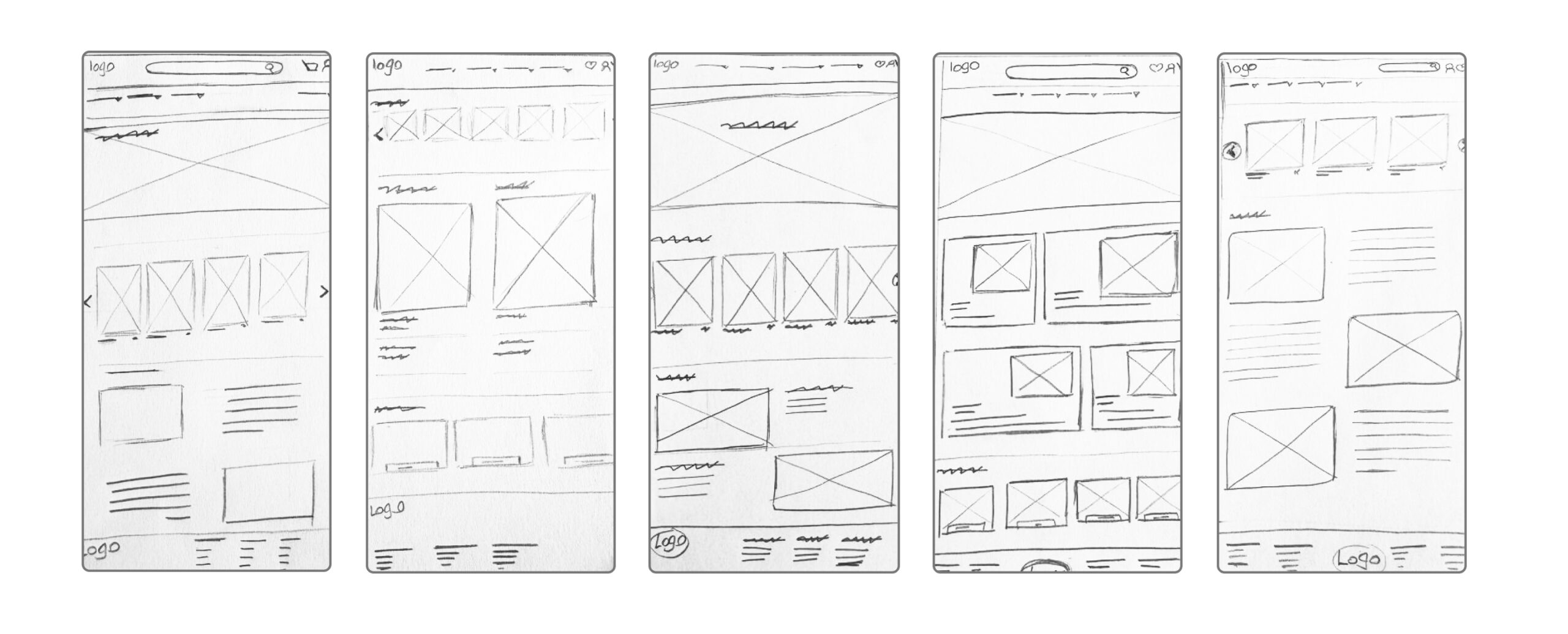
low fidelity design Mobile / Desktop sample

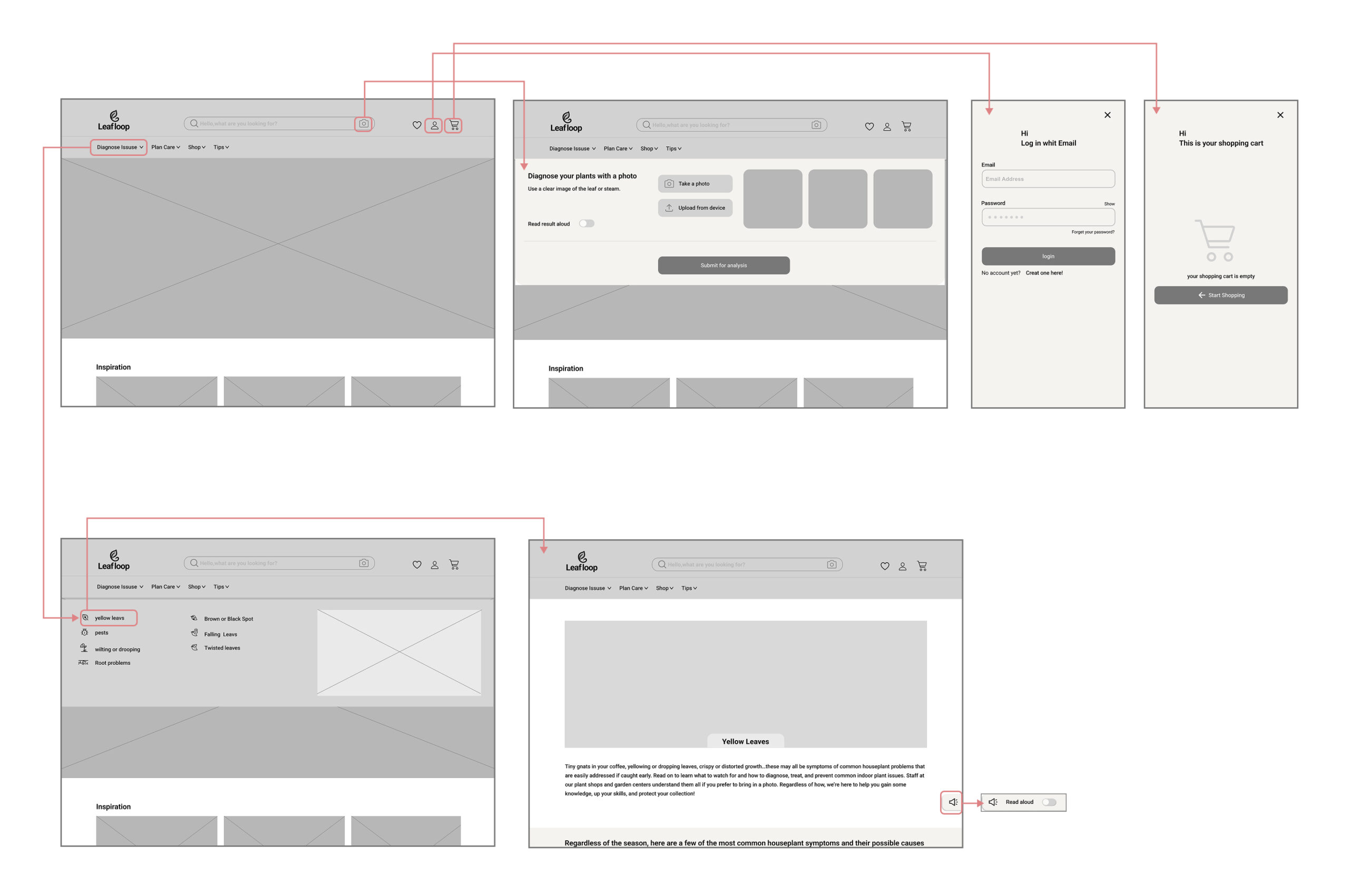
High fidelity design Mobile/Desktop sample

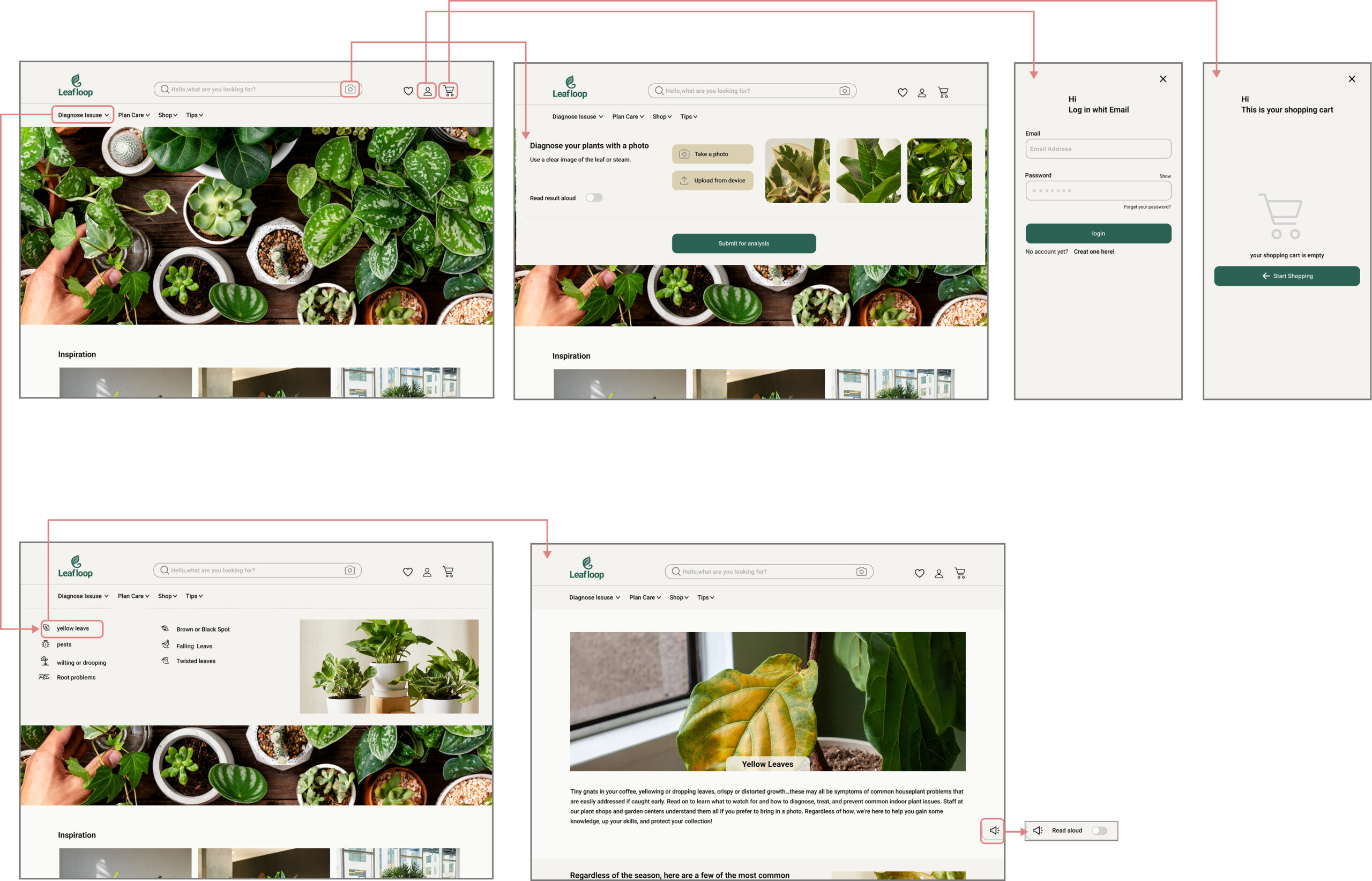
Result of Any User Testing
I conducted two rounds of unmoderated remote usability testing with 5 participants each, using Figma prototypes. The goal was to evaluate whether the design was user-friendly and if users could easily find what they needed to reach their goals.
In the first round, participants tested a low-fidelity prototype and provided feedback on navigation clarity and feature accessibility. Many struggled to locate key tools and understand instructions, indicating areas needing improvement.
Based on this, I refined navigation flow, improved button placement, and enhanced visual hierarchy. The second round tested a high-fidelity prototype with these updates. Participants reported that the interface was easier to use, found key features quickly, and could complete tasks like diagnosing plant problems and setting care reminders without confusion, confirming the design’s improved usability and effectiveness.
Final Designs
After iterating on feedback from usability testing, I created a polished set of high-fidelity screens in Figma. These designs showcase a clean user flow, improved navigation, and a clearer visual hierarchy focused on helping users diagnose plant issues, find suitable plants, and manage personalized care routines with ease.
The interface is friendly, intuitive, and accessible—designed to support plant lovers of all levels, including those with accessibility needs, in confidently caring for their houseplants.

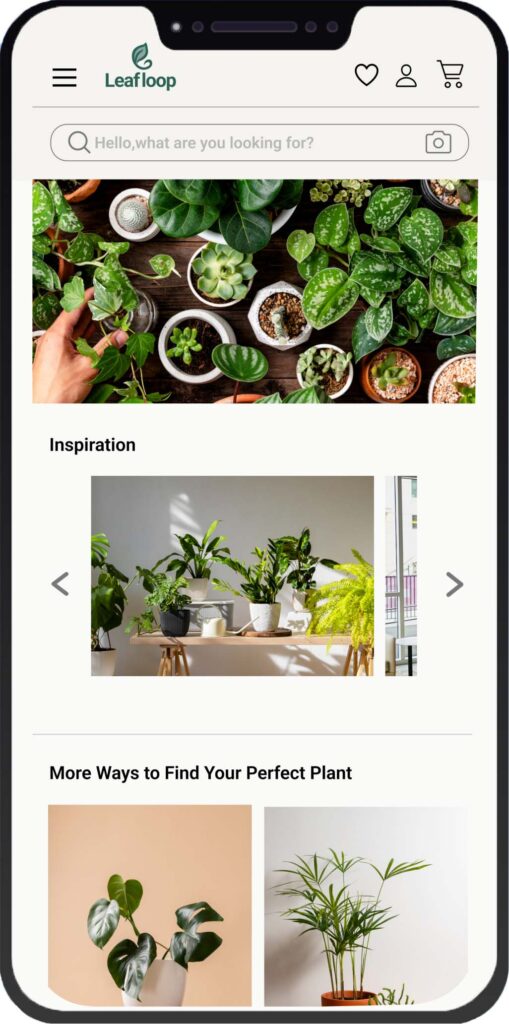
Color Palet
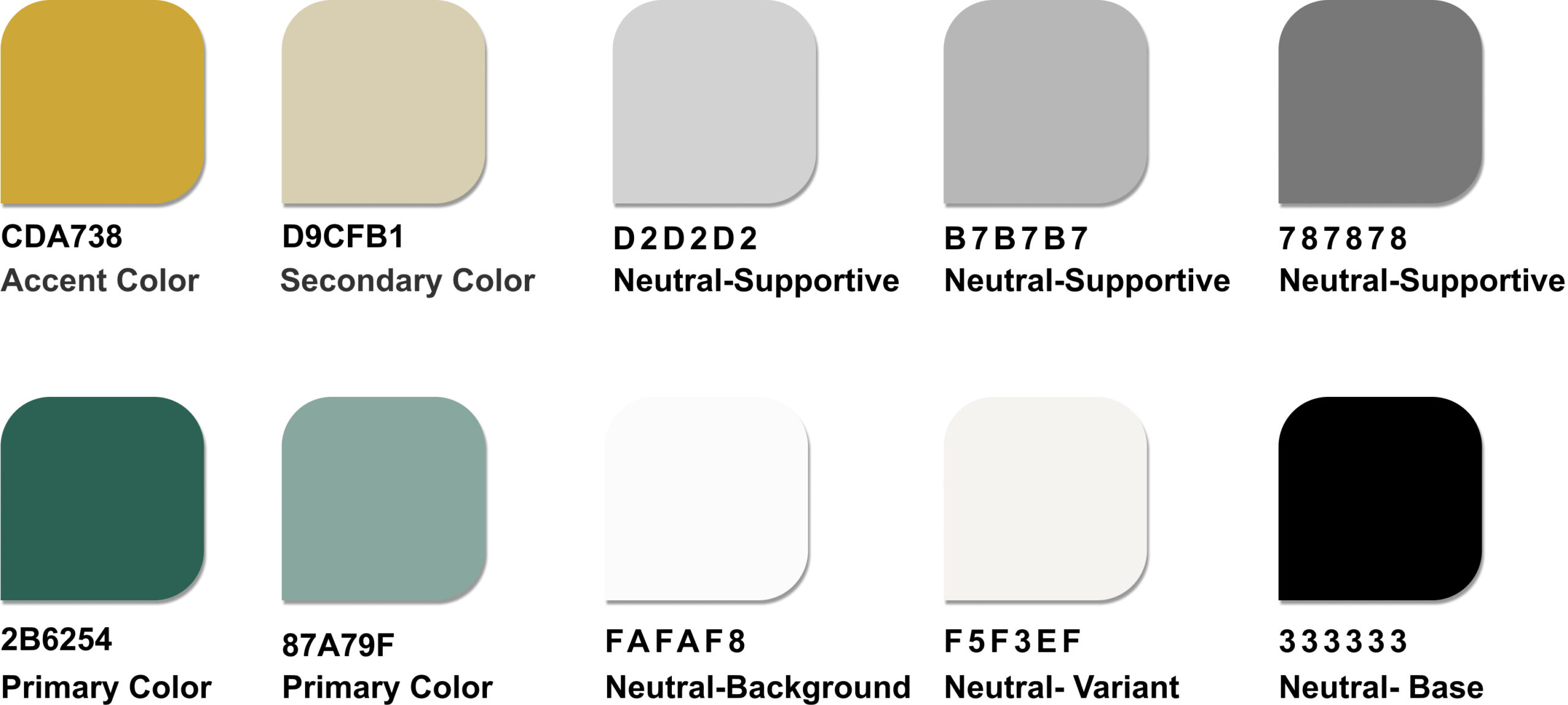
Typography

Iconography


